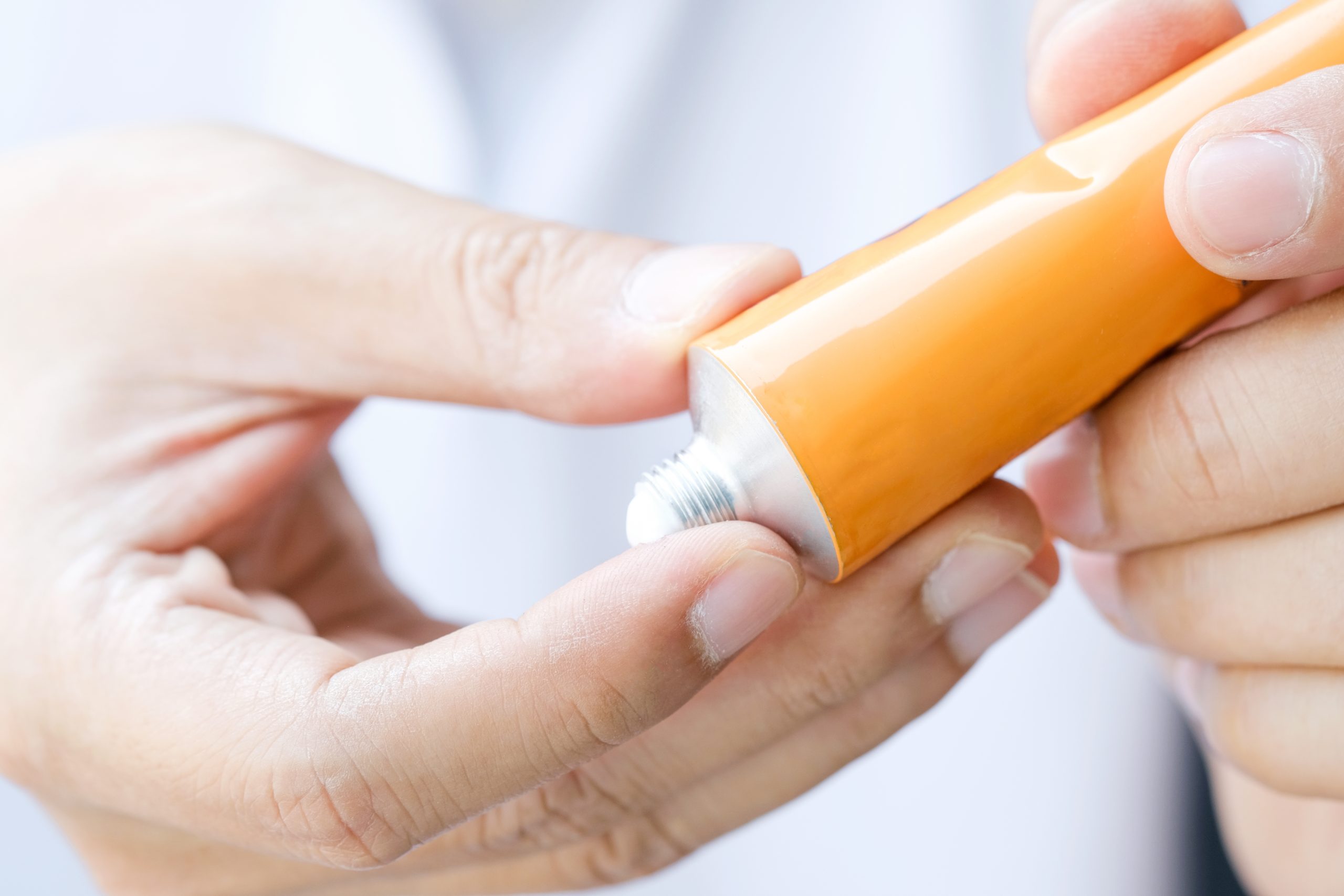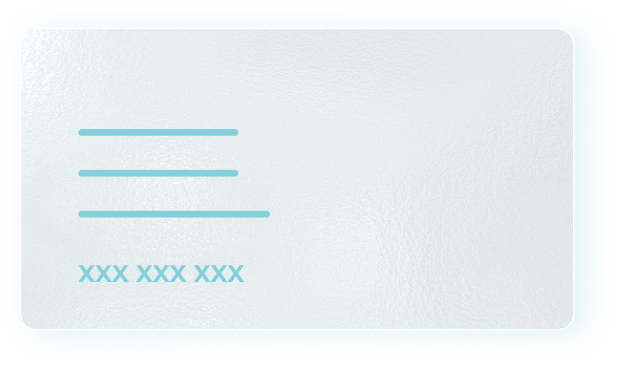
Alcoholism is what doctors call it when you can’t control how much you drink and have trouble with your emotions when you’re not drinking. But alcoholism is a brain disease. Alcohol causes changes in your brain that make it hard to quit. Alcohol-related problems—which result from drinking too much, too fast, or too often—are among the most significant public health issues in the United States. Many people struggle with controlling their drinking at some time in their lives. More than 15 million adults ages 18 and older have alcohol use disorder (AUD), and 1 in 10 children live in a home with a parent who has alcoholism. Trying to fight alcoholism on your own can be like trying to cure appendicitis with cheerful thoughts. An important first step is to learn more about alcoholism and your treatment options.
WHAT IS ALCOHOLISM?
Alcoholism, clinically referred to as alcohol use disorder (AUD), is when people abuse alcohol or are dependent on it. Alcoholism is a chronic disease characterized by uncontrolled drinking and preoccupation with alcohol. Alcoholism is the inability to control drinking due to physical and emotional dependence on alcohol. Symptoms include a strong need or urge to use alcohol. Those with alcohol use disorder may have problems controlling their drinking, continue to use alcohol even when it causes problems, or have withdrawal symptoms when they rapidly decrease or stop drinking. Treatment involves medications, counseling, and therapy that reduce the desire to drink. Some people need medical detoxification to stop drinking safely
ALCOHOL IN YOUR BODY
Alcohol affects your body quickly. It is absorbed through the lining of your stomach into your bloodstream. Once there, it spreads into tissues throughout your body. Alcohol reaches your brain in only five minutes and starts to affect you within 10 minutes.
After 20 minutes, your liver starts processing alcohol. On average, the liver can metabolize 1 ounce of alcohol every hour. A blood alcohol level of 0.08, the legal limit for drinking, takes around five and a half hours to leave your system. Alcohol will stay in urine for up to 80 hours and in hair follicles for up to three months. Intoxication occurs when alcohol intake exceeds your body’s ability to metabolize alcohol and break it down. Your whole body absorbs alcohol, but it takes its toll on the brain. Alcohol interferes with the brain’s communication pathways. It can also affect how your brain processes information:
Subliminal intoxication.
With a blood alcohol content (BAC) between 0.01 – 0.05, this is the first stage of intoxication. You may not look like you have been drinking, but your reaction time, behavior, and judgment may be slightly altered. Depending on weight, most men and women enter this stage after one drink.
Euphoria.
During the early stages of drinking, your brain releases more dopamine. This chemical is linked with pleasure. During euphoria, you may feel relaxed and confident. But, your reasoning and memory may be slightly impaired. Often referred to as “tipsy,” this stage occurs when your BAC is between 0.03 and 0.12.
Excitement.
You are legally intoxicated at this stage with a BAC from 0.09 to 0.25. This level of intoxication affects the occipital lobe, temporal lobe, and frontal lobe of your brain. Drinking too much can cause side effects specific to each lobe’s role, including blurred vision, slurred speech and hearing, and lack of control. The parietal lobe, which processes sensory information, is also affected. You may lose fine motor skills and have a slower reaction time. This stage is often marked by mood swings, impaired judgment, and even nausea or vomiting.
Confusion.
A BAC of 0.18 to 0.3 often looks like disorientation. Your cerebellum, which helps with coordination, is impacted. As a result, you may need help walking or standing. Blackouts, or the temporary loss of consciousness or short-term memory, are also likely to occur at this stage. This is a result of the hippocampus, the brain region responsible for making new memories, not working well. You may also have a higher pain threshold, which may increase your risk for injury.
Stupor.
If you reach a BAC of 0.25, you may have concerning signs of alcohol poisoning. All mental, physical, and sensory functions are severely impaired. The risk of passing out, suffocation, and injury is high.
Coma.
At a BAC of 0.35, you are at risk of going into a coma. This occurs due to compromised respiration, circulation, motor responses, and reflexes. A person in this stage is at risk of death.
Death.
A BAC over 0.45 may cause death due to alcohol poisoning or failure of the brain to control the body’s vital functions.
WHEN SHOULD I SEEK TREATMENT?
The good news is that no matter how severe the problem may seem, most people with AUD can benefit from some treatment. Before starting the treatment process, a person must first recognize their condition and have the desire to quit drinking. Sometimes, an individual may acknowledge they have a drinking problem. Other times, family members or friends may stage an alcohol intervention. This involves loved ones expressing concerns about the person’s excessive drinking patterns. An intervention also helps start the discussion about available treatment and support options.

Some alcoholism warning signs family members and friends may watch for are:
- Frequent binge drinking
- Perpetual shifts in mood
- Poor performance at work or school
- Excuses for neglecting responsibilities
- Denial of excessive alcohol use
- Acts of violence or crime
- Decreased interest in hobbies
There is no right or wrong time to seek treatment for an AUD. However, if left untreated, alcoholism can trigger a wide range of additional problems, such as health complications, financial troubles, relationship issues, and professional disruptions. The sooner you or a loved one gets help, the greater the chance for lasting sobriety.
MEDICATIONS TO TREAT ALCOHOLISM
Alcoholism treatment involves medications, counseling, and therapy that reduce the desire to drink. Some people need medical detoxification to stop drinking safely
Medications can help patients quit drinking, treat alcohol withdrawal symptoms, and prevent relapse. Patients may also receive different medications while in the care of an addiction treatment professional to help address symptoms of co-occurring disorders if necessary. Some of the medication patients may receive ONLY in the care of an inpatient or outpatient treatment provider.
Naltrexone can help reduce the urge to drink and help to curb the problem of drinking. It blocks the receptors in the brain that make people feel good when they drink, and it may help to reduce cravings.
Acamprosate (Campral) is designed to decrease cravings and urges to drink alcohol.
Disulfiram (Antabuse) discourages people from drinking. It blocks the metabolism of alcohol in a person’s body so that they experience unpleasant symptoms, like nausea, if they decide to drink.
TYPES OF ALCOHOLISM TREATMENT
You have to choose the type of treatment that’s best for you: inpatient (you would stay at a facility) or outpatient (you stay in your home during treatment). Inpatient facilities tend to be more intensive but costly. Cost may be a factor when selecting a treatment approach. Evaluate the coverage in your health insurance plan to determine how much of the costs your insurance will cover and how much you will have to pay. Ask different programs if they offer sliding scale fees—some programs may offer lower prices or payment plans for individuals without health insurance.
Inpatient alcoholism treatment
Alcohol Detox
Detoxification is the initial step in treating alcoholism and can be the most difficult. Within the first few days after you quit drinking, you may experience extremely uncomfortable withdrawal symptoms. Because of this, the alcohol detox stage should only be completed under professional medical care. Treatment professionals will also be able to provide you with medication to help ease the pain. This allows you to focus on getting better. After detox, you will be able to move forward with other forms of treatment and therapy.
Inpatient Rehab
An inpatient rehab facility is the most structured treatment environment for those overcoming alcoholism. Generally, these rehabs are geared toward treating the most severe forms of alcoholism and require individuals to remain on-site for the duration of the program – 30, 60, or 90 days. Treatment professionals provide around-the-clock care and will prepare you for life after rehab. This may include information on how to overcome triggers, the importance of sobriety maintenance programs, and what to do in the event of a relapse.
Outpatient alcoholism treatment
Outpatient treatment types offer different levels of support. In some cases, people transition from inpatient to outpatient treatment. These levels can include PHP, IOP, and counseling.
Partial hospitalization programs (PHP)
Partial hospitalization programs (PHP), the most intensive form of outpatient care, entails patients living at home while attending treatment for up to 10 hours every day, most days of the week. This is a highly supportive and structured form of outpatient treatment. It can benefit those unable to commit to an inpatient stay but still require a highly intensive level of care.
Intensive outpatient programs (IOP)
Intensive outpatient programs (IOP) is a level of outpatient treatment where patients live at home but attend treatment 3 hours per day, initially for five days per week, then with decreasing intensity. People may step down to IOP from PHP or inpatient rehabilitation. Standard outpatient treatment (OP), can vary in intensity and duration depending on patients’ needs and various other factors. Standard outpatient treatment may translate to attending sessions several times per week or once a week.
Alcohol Counseling
Frequent meetings with an alcohol counselor are important for individuals to communicate and receive guidance during recovery. Counseling opens a line of communication during the good times as well as the difficult times. Your therapist will also be able to work with you on any underlying issues triggering your drinking problems, such as peers, family relationships, work or other circumstances. This will allow you to learn more about yourself and how to keep your body healthy inside and out.
BEHAVIORAL THERAPIES FOR ALCOHOLISM
Inpatient and outpatient treatment both provide various types of behavioral therapies that are commonly used to treat alcoholism. These therapies may include:
Cognitive behavioral therapy (CBT), is an evidence-based form of therapy that focuses on helping people identify and change unhelpful, negative thoughts and behaviors that led or contributed to their addiction. In CBT, people learn healthier ways to cope with stress and develop skills they’ll need to prevent relapse.
Motivational enhancement therapy is a short-term therapy designed to help patients reduce or stop drinking and encourage them to make positive changes. It helps patients identify the pros and cons of treatment, plan to change, increase their confidence, and ] develop the skills they’ll need to stick to their recovery-related goals.
Marital and family counseling is a form of talk therapy that incorporates a patient’s loved ones into their therapy sessions, if appropriate for a patient. Those who suffer from alcoholism often directly or indirectly impact their closest relationships. This treatment can help repair and rebuild relationships with patients’ loved ones while addressing issues that may have developed due to a person’s drinking. Brief alcohol interventions may include short, individual counseling sessions that provide people with personalized feedback on their progress with specific goals.
ALCOHOLISM TREATMENT AND RELAPSE
Overcoming alcoholism is an ongoing process, one which can include setbacks. Because AUD can be a chronic relapsing disease, persistence is key. Someone would rarely go to treatment once and then never drink again. More often, people must repeatedly try to quit or cut back on experiencing recurrences, learn from them, and then keep trying. For many, continued to follow-up with a treatment provider is critical to overcoming problem drinking.
Relapse is common among people who overcome alcohol problems. People with drinking problems are most likely to relapse during periods of stress or when exposed to people or places associated with past drinking. Just as some people with diabetes or asthma may have flare-ups of their disease, a relapse to drinking can be seen as a temporary setback to full recovery and not a complete failure. Seeking professional help can prevent relapse—behavioral therapies can help people develop skills to avoid and overcome triggers, such as stress, that might lead to drinking. Most people benefit from regular checkups with a treatment provider. Medications can also deter drinking when individuals may be at greater risk of relapse (e.g., divorce, death of a family member, trauma).
We are 24/7 same day admission detox & rehab in Los Angeles area. Start your treatment as soon as the same day! Call 24/7 at (888) 615-7589. We are happy to answer any of your questions and concerns. If you are looking to embark on a journey of recovery to overcome your issues with substance abuse, Crosspointe Recovery is here to assist you with your needs. We can do this together!
If you need FREE help, please get in touch with the National Helpline.

















